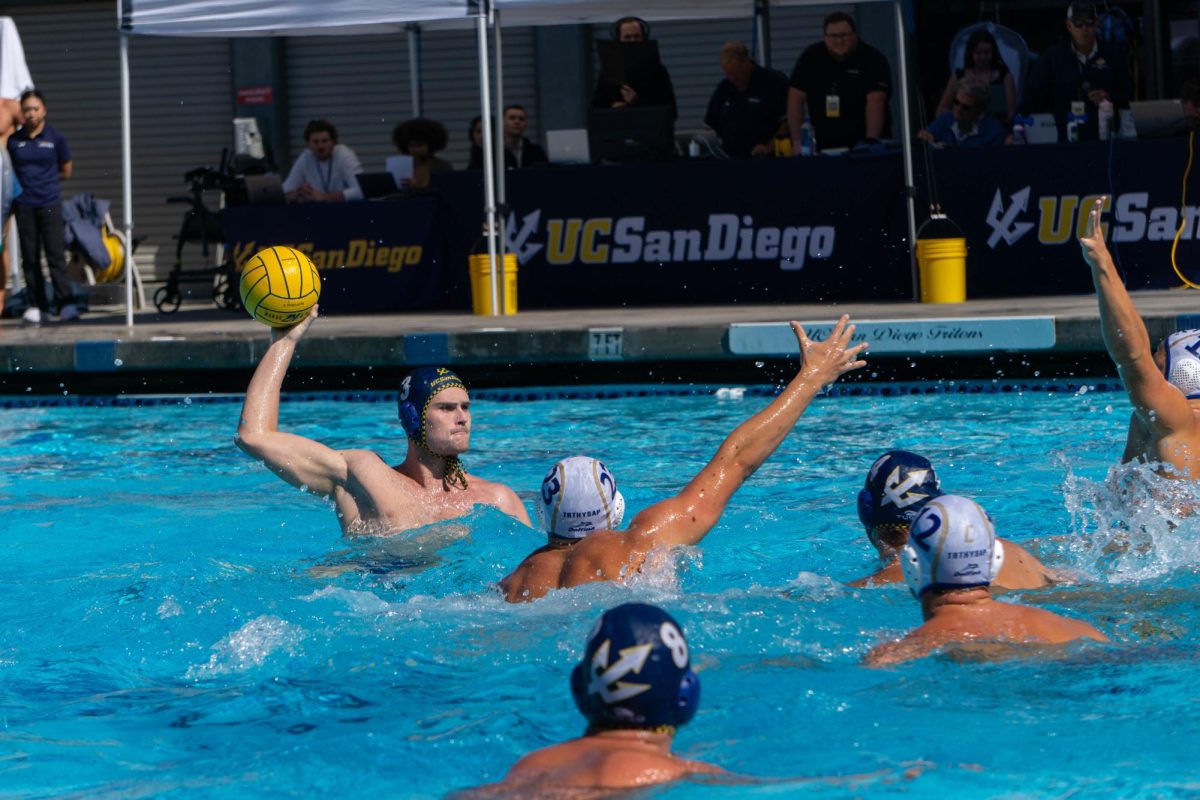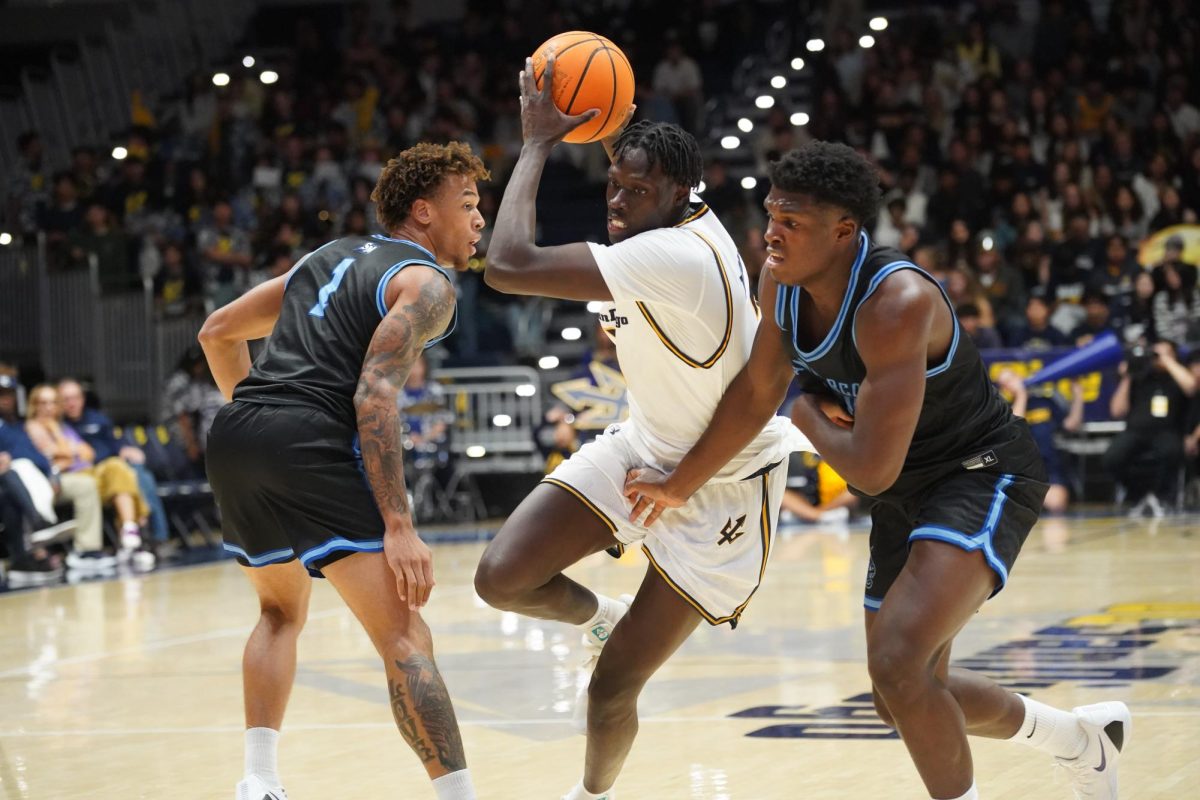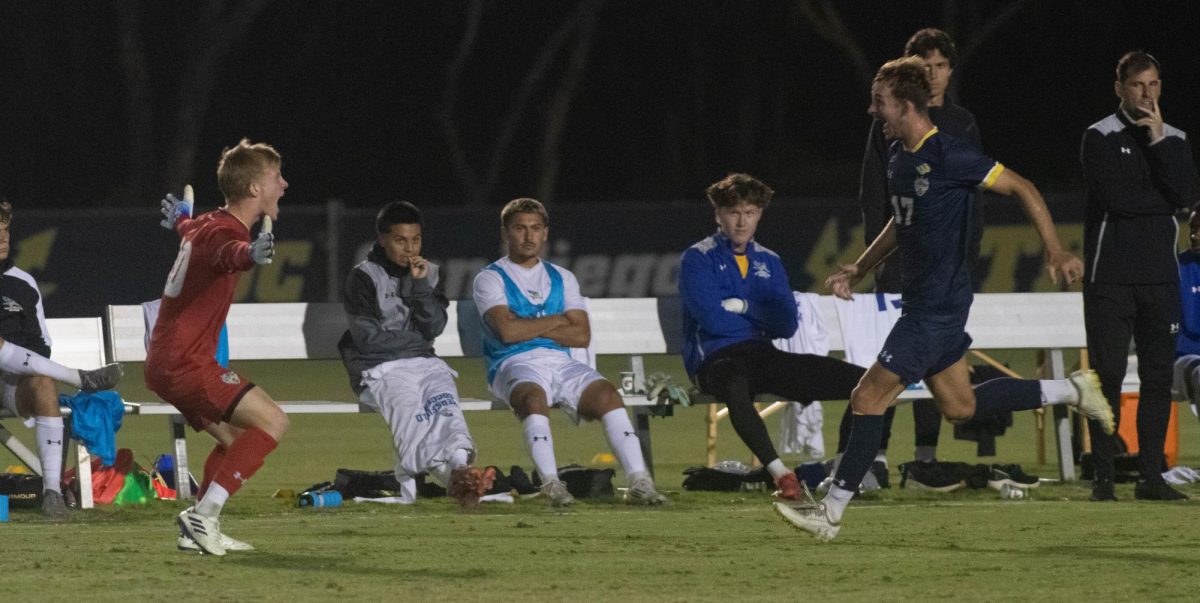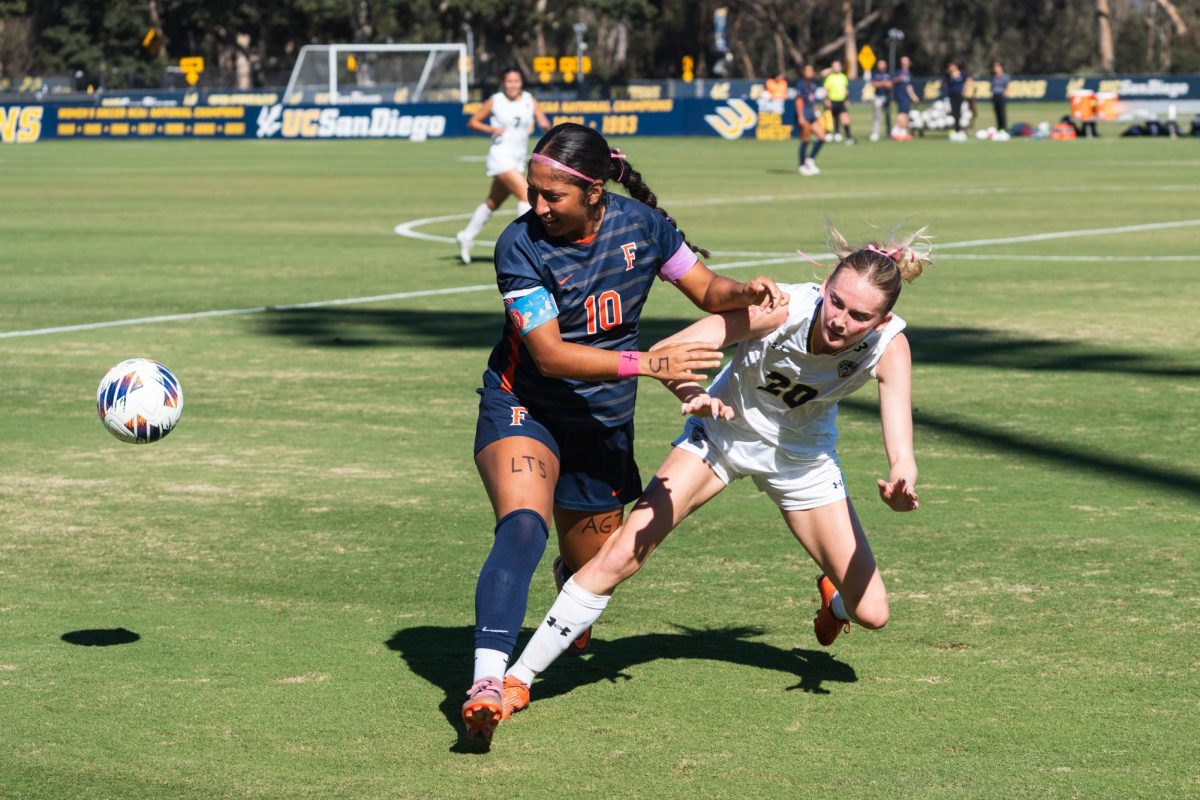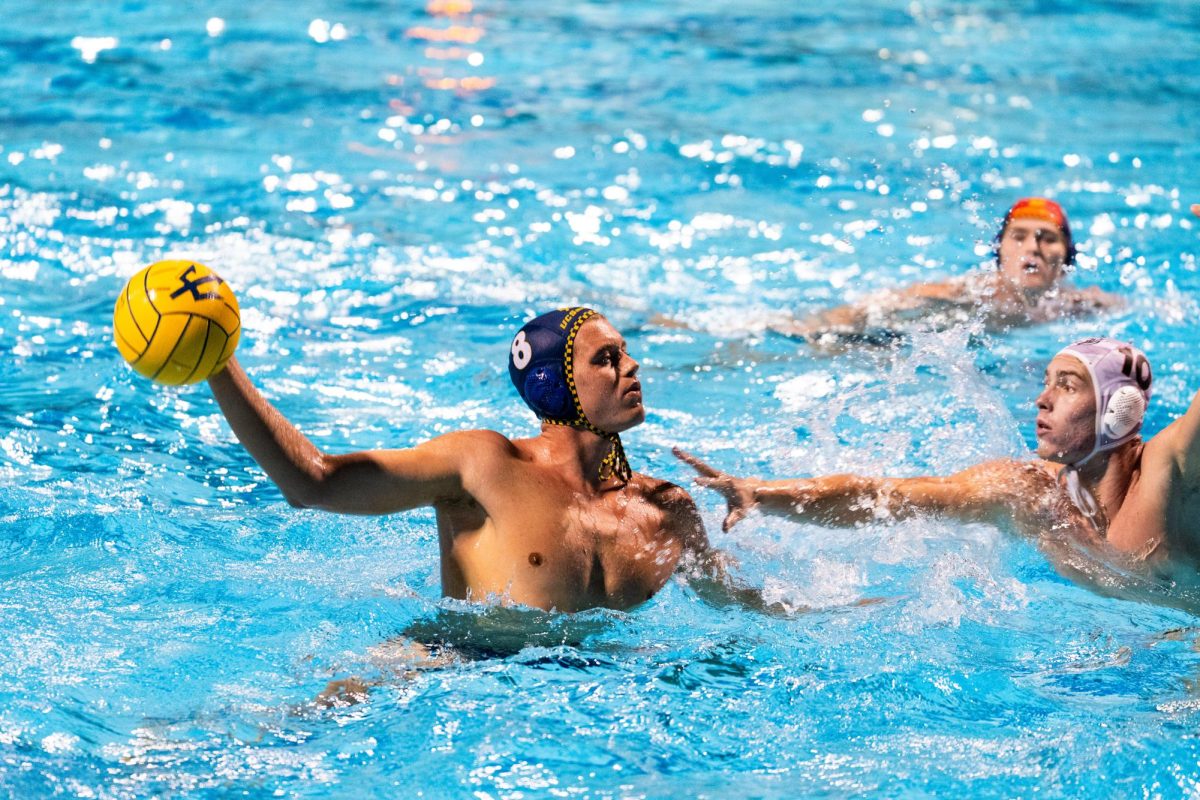Hi, I’m second-year sports editor Jack Dorfman. In this column, I’ll take a timeout from discussing specific UC San Diego coaches and student-athletes and instead tackle topics related to sports more broadly, whether at UCSD or within professional leagues.
Over the past few years, painkillers and opioids have found their way into sports news more and more often. For the first time in recent memory, these sorts of drugs are being mentioned in connection to sports more often than steroids.
This is a very troubling trend.
From José Fernández in 2016 to Tyler Skaggs just a few months ago, the opioid crisis has wormed its way into Major League Baseball locker rooms, or so it seems. While public consciousness of the major league opioid crisis is only now coming to fruition, hard pain killers and sports have been connected for quite some time out of the public eye.
In recent decades, sports have grown more competitive and more lucrative for the athletes who compete in them, and so has the physical toll these “games” exact. As the stakes have gotten higher in sports, high school and college athletes have been seeking every possible advantage they can find in order to secure scholarships and professional contracts in hopes of a future in sports.
While this has created an enormous economic boom surrounding sports, from television to social media, and from ticketing to the literal jobs created by building and filling a stadium, it has left behind millions of has-been athletes, worn down by injuries and the wear and tear of a modern sports season.
In dealing with this grind of a season, many, if not all athletes, have experienced injuries, from the high school level all the way up to the professional leagues. While this should not come as a surprise, the prevalence of opioid painkillers across all of these levels might.
For many athletes, the only legal way to deal with the excruciating pain their injuries cause them is by obtaining prescription medication. These opioids that are generally required are addictive and are not especially difficult to obtain even once the initial injury goes away due to a flooded secondary market.
If players do not become addicted, they may still rely upon these drugs to deal with the countless nagging injuries that come up during a regular schedule of games. Now factor in chronic injuries that often go undisclosed to show coaches their toughness as well as any other number of injuries, and players seem almost justified in abusing painkillers.
Obviously, this should not be the solution to athletic injury. There are potential ways to combat this crisis though. All levels of sports could shorten their seasons, hire more trainers and therapists, and try to limit the contact permissible within the rules of their games. Many sports leagues, from high school all the way to the NFL, NBA, and NHL, have already taken minor steps in this direction.
But in the end, these leagues all serve to make their parent institutions money, from the NCAA to a local high school that needs more money for its arts programs. With so much money in sports today, asking owners and players to spend even more money on their physical well-being could be a tough sell. But if you tack on all of the remedial drug therapy and rehabilitation center costs, then maybe these costs would seem more justifiable, right?
Maybe for the players themselves, but most leagues do not have luxurious rehabilitation centers built-in for current players, let alone retired players, and certainly not for players who did not make it to college or professional leagues.
The low-cost answer?
Marijuana.
I am not an advocate for marijuana in general. I don’t smoke or have anything to do with the drug. But it certainly has been more harshly criminalized by the federal government than its effects warrant. And on top of that, marijuana and marijuana-related products already can be used medicinally and recreationally in many states.
Why can’t marijuana, a non-addictive pain limiter, take the place of addictive drugs?
The penalties for their use are often the same. An athlete caught smoking marijuana at any level could face suspension and hefty, both of which cost athletes valuable time on the field to practice and to earn money.
In order for marijuana to become a viable mainstream pain reliever for athletes, which athletes around the world are advocating for today, the restrictions surrounding the drug will need to be lessened, first in terms of sports rules, and then in federal legislation. If those steps take place, athletes around the world could be spared the costly and crippling cycle of addiction.



